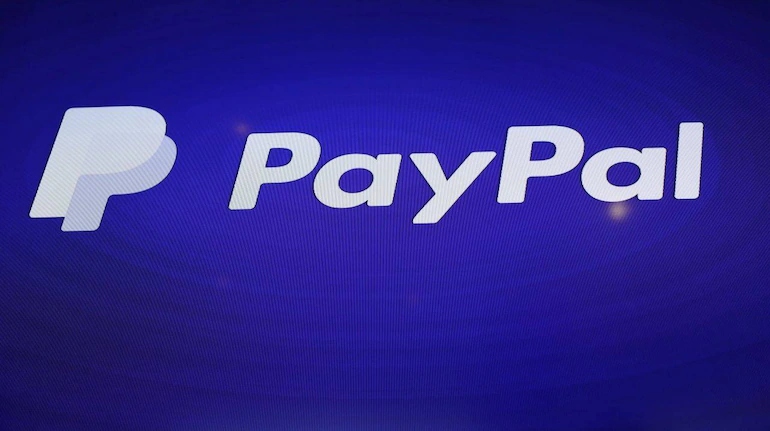Setting up a PayPal account is a convenient way to send and receive money online. With millions of users worldwide, PayPal has become one of the most popular online payment platforms. Whether you’re an individual, a small business owner, or an entrepreneur, having a PayPal account can streamline your financial transactions. In this article, we will provide a step-by-step guide on how to set up a PayPal account and make the most out of its features.
Creating a PayPal Account
1.1. Accessing the PayPal Website To start setting up your PayPal account, visit the official PayPal website (www.paypal.com) using a web browser of your choice.
1.2. Selecting the Appropriate Account Type PayPal offers two types of accounts: Personal and Business. Determine which account type suits your needs best and click on the “Sign Up” button.
1.3. Filling in Personal Information Provide the required information, including your legal first and last name, email address, and a secure password.
1.4. Verifying Your Email Address After submitting your information, PayPal will send a verification email to the address you provided. Follow the instructions in the email to verify your account.
Linking and Verifying Bank Accounts or Credit Cards
2.1. Linking a Bank Account To link a bank account, navigate to the “Wallet” section in your PayPal account. Click on “Link a bank account” and follow the on-screen instructions to provide the necessary details.
2.2. Linking a Credit Card Similarly, to link a credit card, go to the “Wallet” section, click on “Link a credit or debit card,” and enter the required information.
2.3. Verifying Your Bank Account or Credit Card To verify your linked bank account or credit card, PayPal will make a small deposit or charge, which you need to confirm on the PayPal website or app.
Customizing Your PayPal Account
3.1. Personalizing Your Account Settings Access the “Settings” section to customize your PayPal account settings, such as notifications, preferred language, and currency.
3.2. Adding a Profile Picture Enhance your account’s visual appeal by uploading a profile picture. This can help build trust when transacting with other PayPal users.
3.3. Adjusting Notifications and Security Settings Review and adjust your notification preferences to receive important updates from PayPal. Also, ensure that your security settings, such as password recovery options, are up to date.
Understanding PayPal’s Payment Methods
4.1. Sending and Receiving Money Learn how to send money to friends, family, or businesses using PayPal, and explore the options available for receiving money.
4.2. Requesting Money Discover how to request money from others using PayPal’s convenient “Request Money” feature.
4.3. Making Online Purchases Find out how to make secure online purchases using PayPal as your preferred payment method.
4.4. Transferring Funds to Your Bank Account Learn the process of transferring funds from your PayPal account to your linked bank account.
Exploring Additional PayPal Features
5.1. PayPal Mobile App Explore the benefits and functionalities of the PayPal mobile app, available for iOS and Android devices.
5.2. PayPal.me: Personalized Payment Links Discover how to create personalized payment links using PayPal.me, making it easier for others to send you money.
5.3. PayPal Business Tools If you have a business, learn about the various tools and features PayPal offers to facilitate online transactions and manage your business finances.
5.4. PayPal Seller Protection Understand the Seller Protection program offered by PayPal to help protect sellers against fraudulent chargebacks and unauthorized transactions.
Managing PayPal Transactions
6.1. Reviewing Transaction History Learn how to access and review your PayPal transaction history for accurate record-keeping.
6.2. Resolving Disputes and Claims In case of disputes or claims, familiarize yourself with PayPal’s resolution process and the steps to take for a satisfactory resolution.
6.3. Understanding PayPal Fees Gain an understanding of the fees associated with using PayPal for different types of transactions and learn how to minimize them.
Enhancing PayPal Security
7.1. Enabling Two-Factor Authentication Secure your PayPal account by enabling two-factor authentication, adding an extra layer of protection.
7.2. Updating Password and Security Questions Regularly update your PayPal account password and security questions to keep your account secure.
7.3. Recognizing and Avoiding Scams Be aware of common scams targeting PayPal users and learn how to identify and avoid them.
Conclusion
In this article, we have provided a detailed guide on setting up a PayPal account. From creating your account to customizing settings, linking bank accounts and credit cards, understanding payment methods, exploring additional features, managing transactions, and enhancing security, you now have the knowledge to make the most of PayPal’s functionalities. By following these steps and best practices, you can enjoy the convenience and security that PayPal provides










Comments